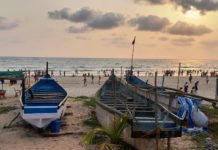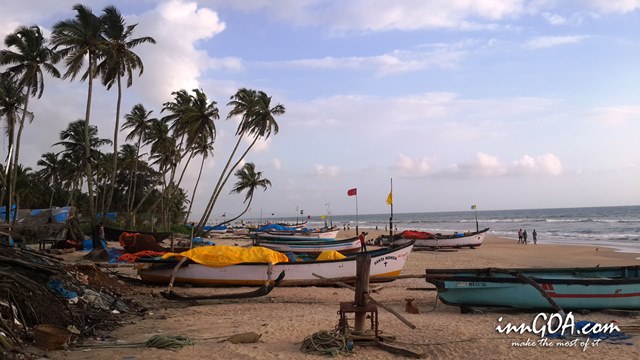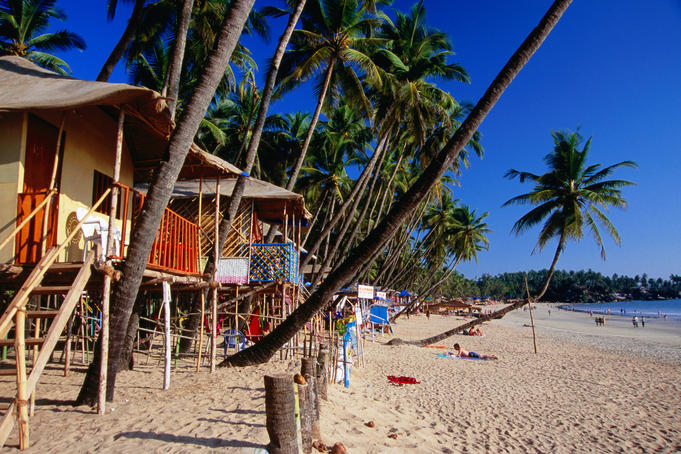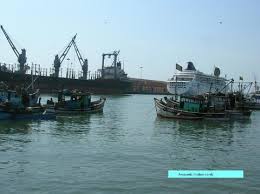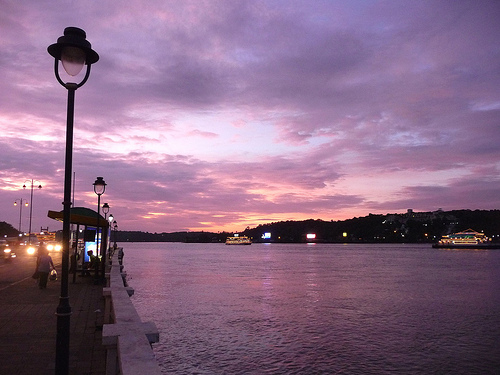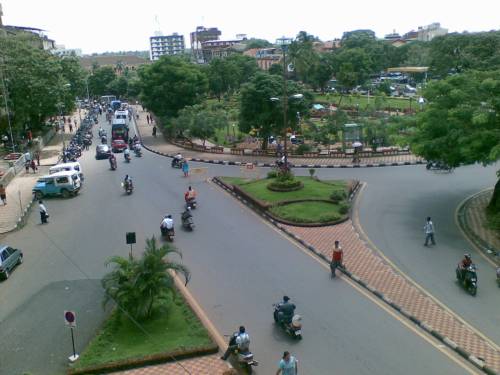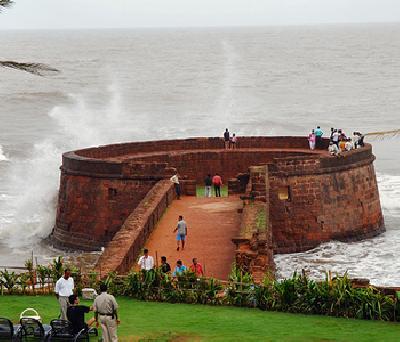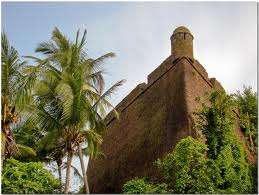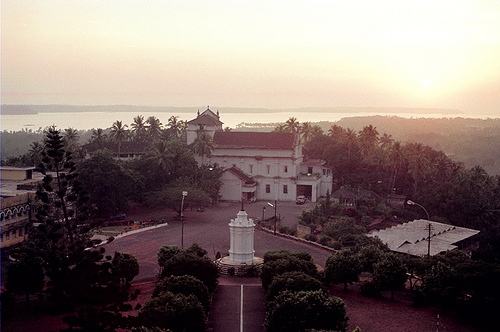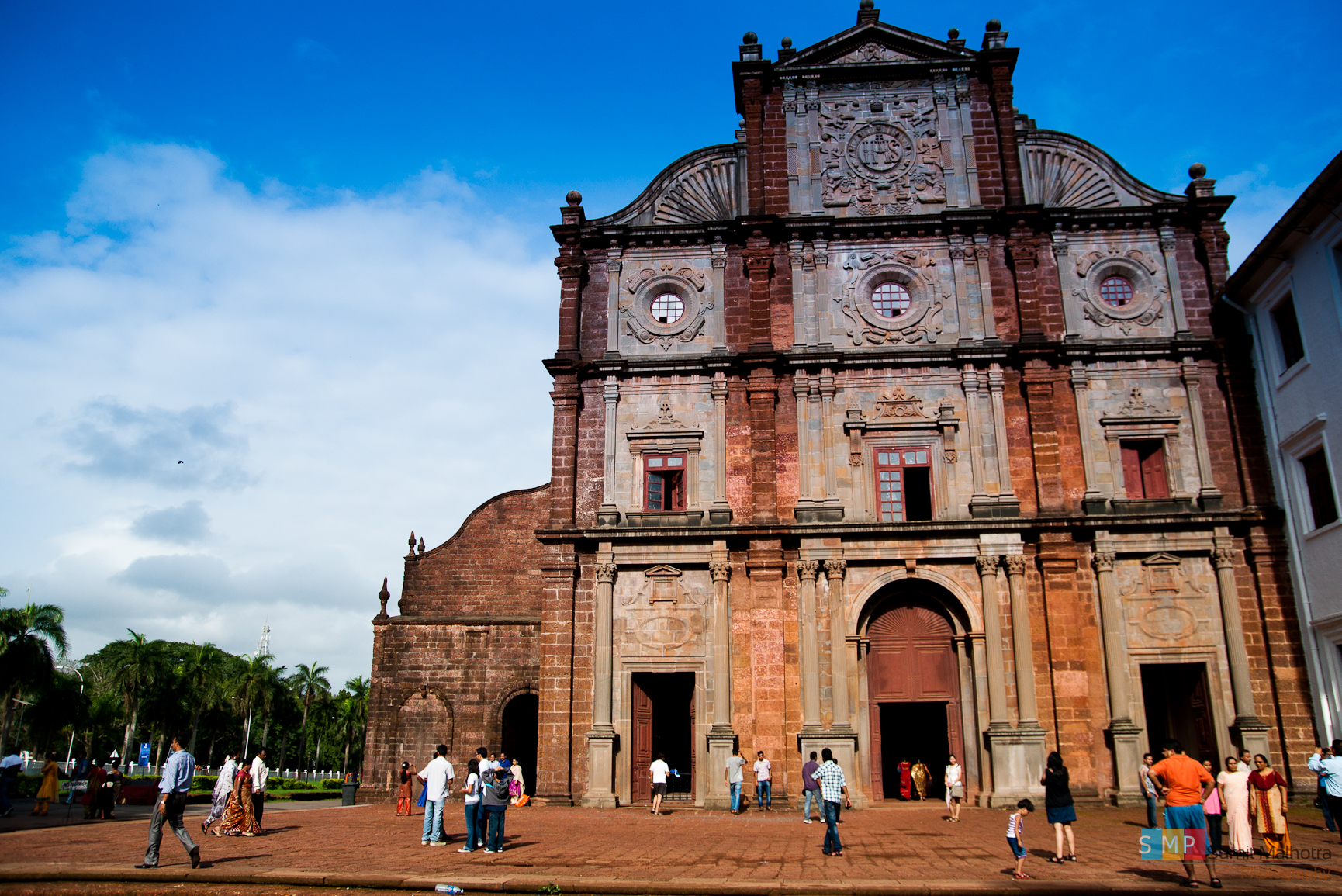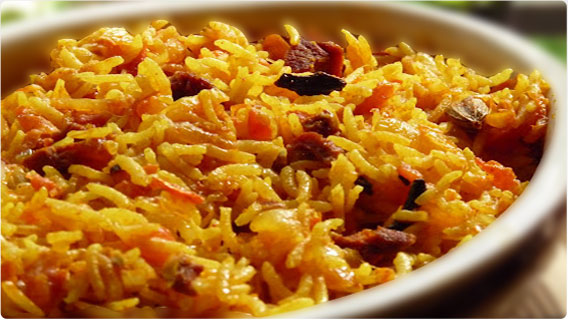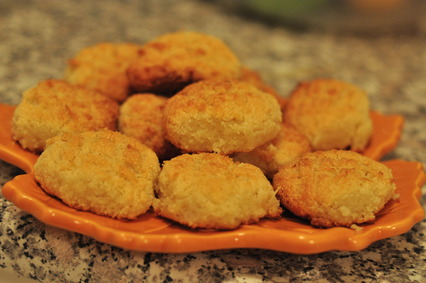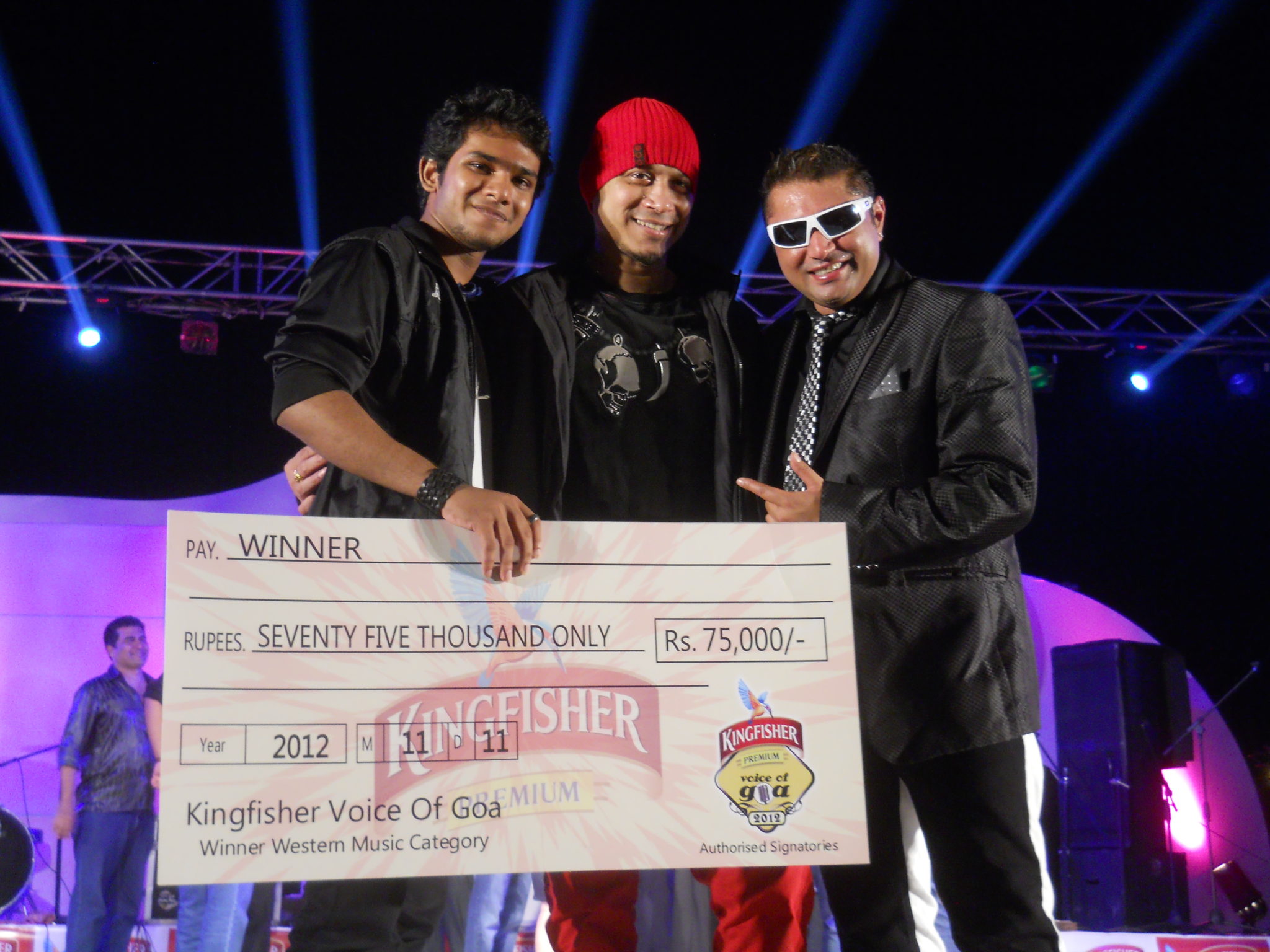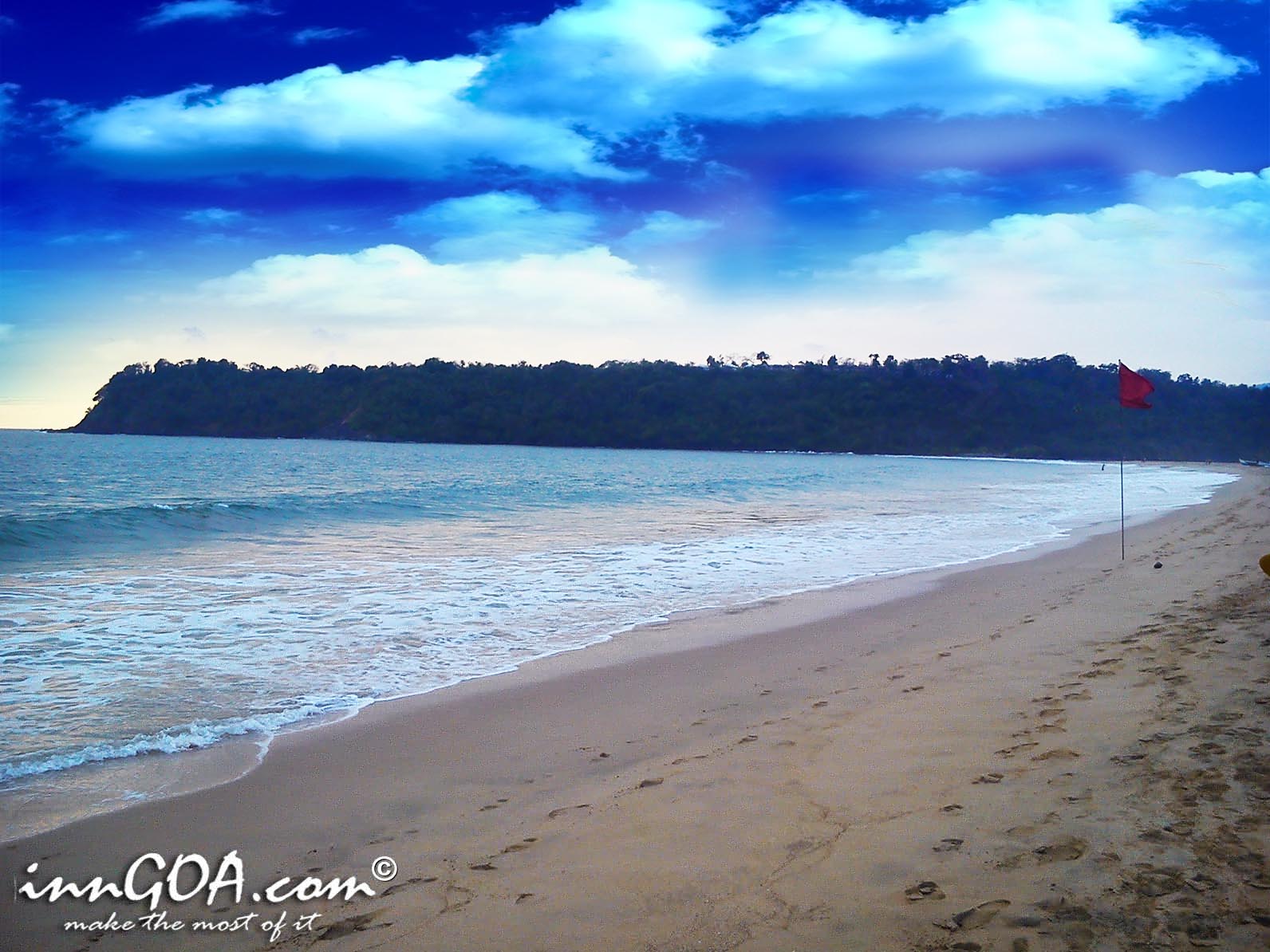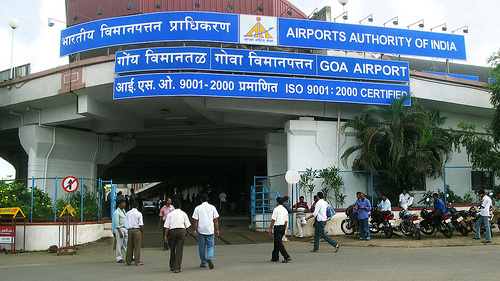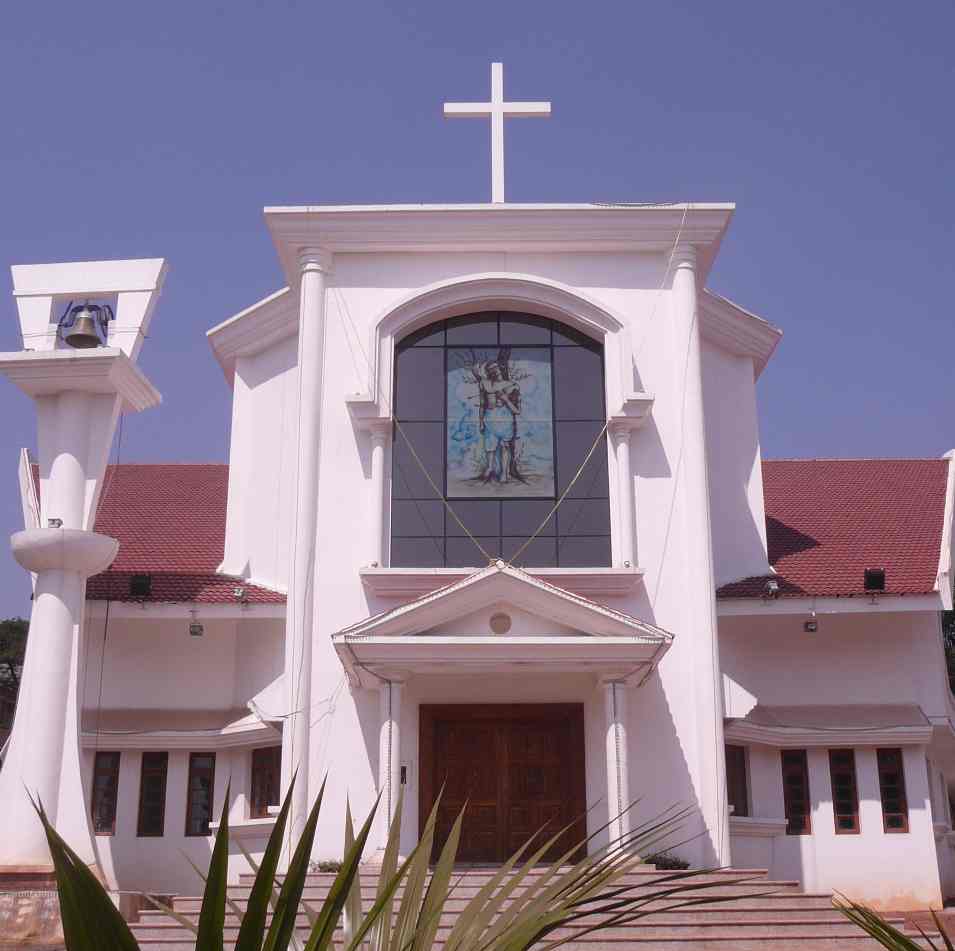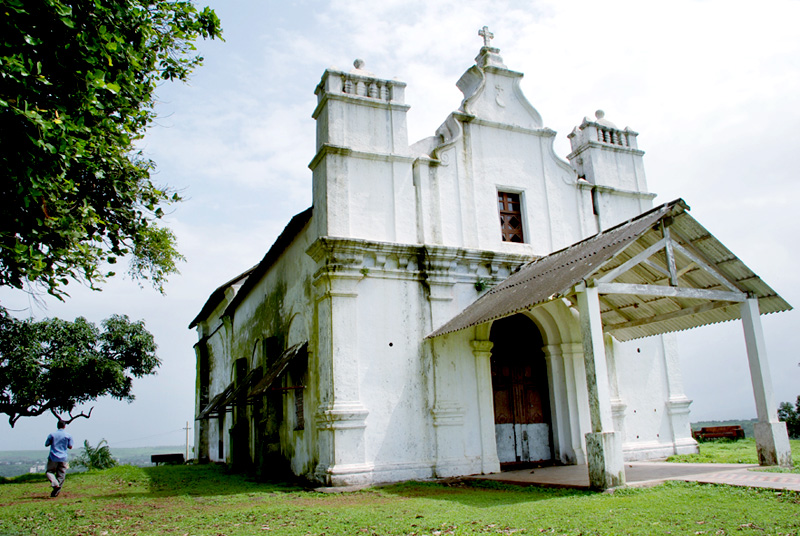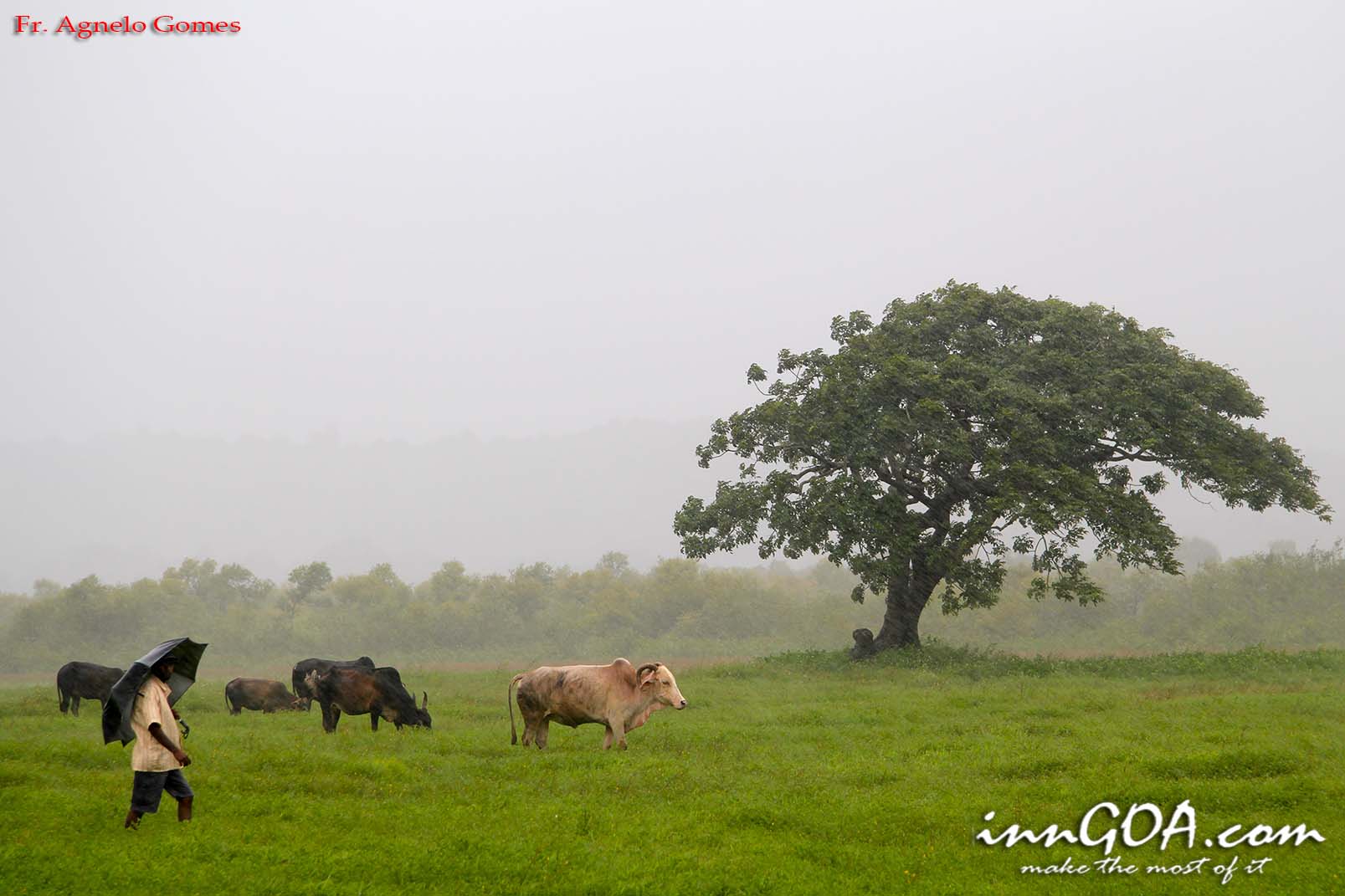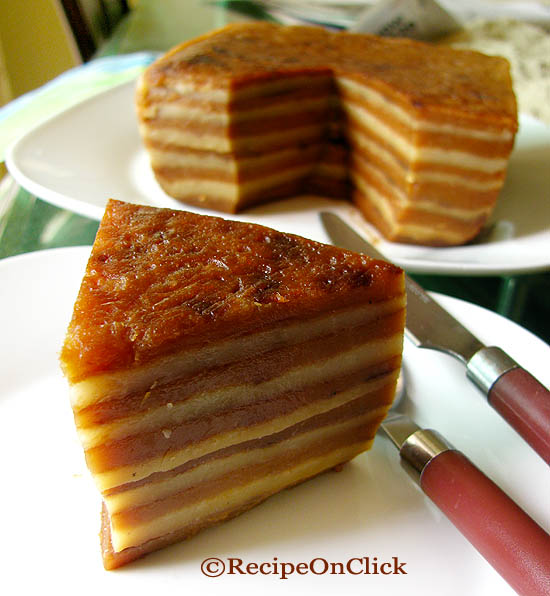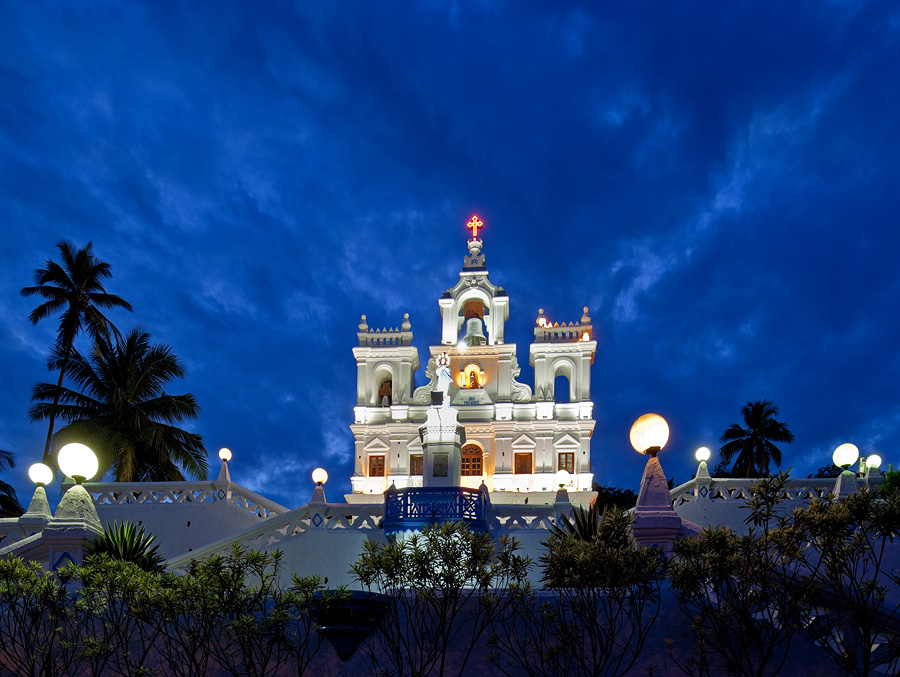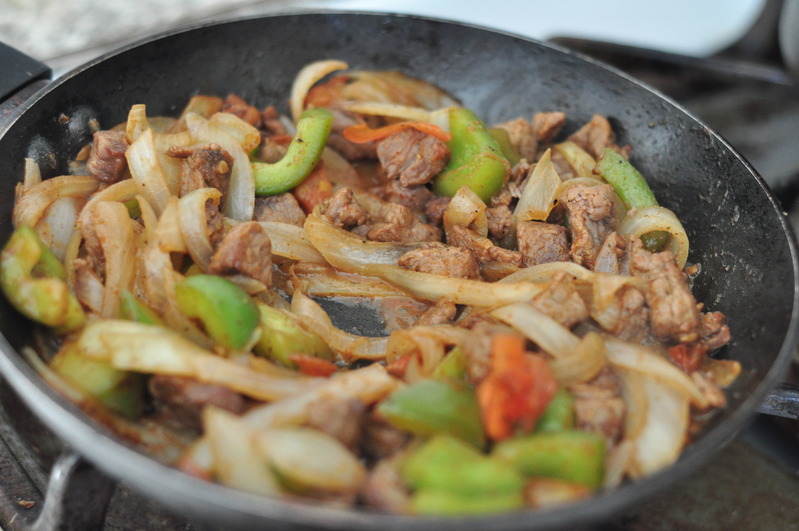Being innGoa
Goa is a state on India’s West coast, is a former Portuguese colony with a rich history. Spread over 3,700 square kilometres with a population of approximately 1.5 million, Goa is small by Indian standards. It has a unique mix of Indian and Portuguese cultures and architecture that attracts an estimated 2.9 million visitors each year (including about 550,000 foreign tourists).
Since the 1960s, Goa has been attracting a steady flow of visitors — first the hippies and returning expat Goans, then the charter tourists (starting with the Germans in 1987), pilgrims visiting Catholic and Hindu shrines, those opting to settle in Goa as their home, people going for medical treatment, and a growing number of those who attend seminars and conferences in Goa.
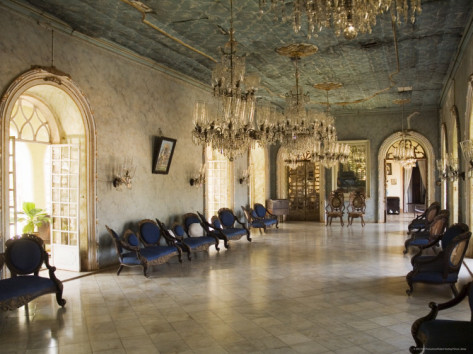 Goa is visibly different from the rest of India, owing to Portuguese rule which isolated it from the rest of India for 451 years. The Goan population is a mixture of Hindus and Roman Catholics, the distribution being approximately 60% Hindu and 29% Christian. There is also a smaller Muslim population. Despite this, communal violence has been virtually non-existent and Goa is regarded as one of the most peaceful states in India.
Goa is visibly different from the rest of India, owing to Portuguese rule which isolated it from the rest of India for 451 years. The Goan population is a mixture of Hindus and Roman Catholics, the distribution being approximately 60% Hindu and 29% Christian. There is also a smaller Muslim population. Despite this, communal violence has been virtually non-existent and Goa is regarded as one of the most peaceful states in India.
By Indian standards, Goa is a very small state with only two districts –North Goa and South Goa. These districts are together further divided into 11 talukas. These divisions, however, don’t make much sense for a traveller. North Goa and South Goa are similar, and each has its own “coastal” and “interior” areas. The major division in Goa is actually between the central coastal areas where the beaches are located and the hinterland mostly rich in soil and forests. The coastal areas were under colonial rule for longer, reflecting more of Portugal’s influence, including having a relatively larger Christian population. The interior is more Hindu, and has more protected forest areas, mining zones and villages.
Contrary to popular perception, Goa is not an island, though parts of what was considered “Goa” in the past were cut-off from the mainland by the many rivers this region is known for.- Advertisement -




